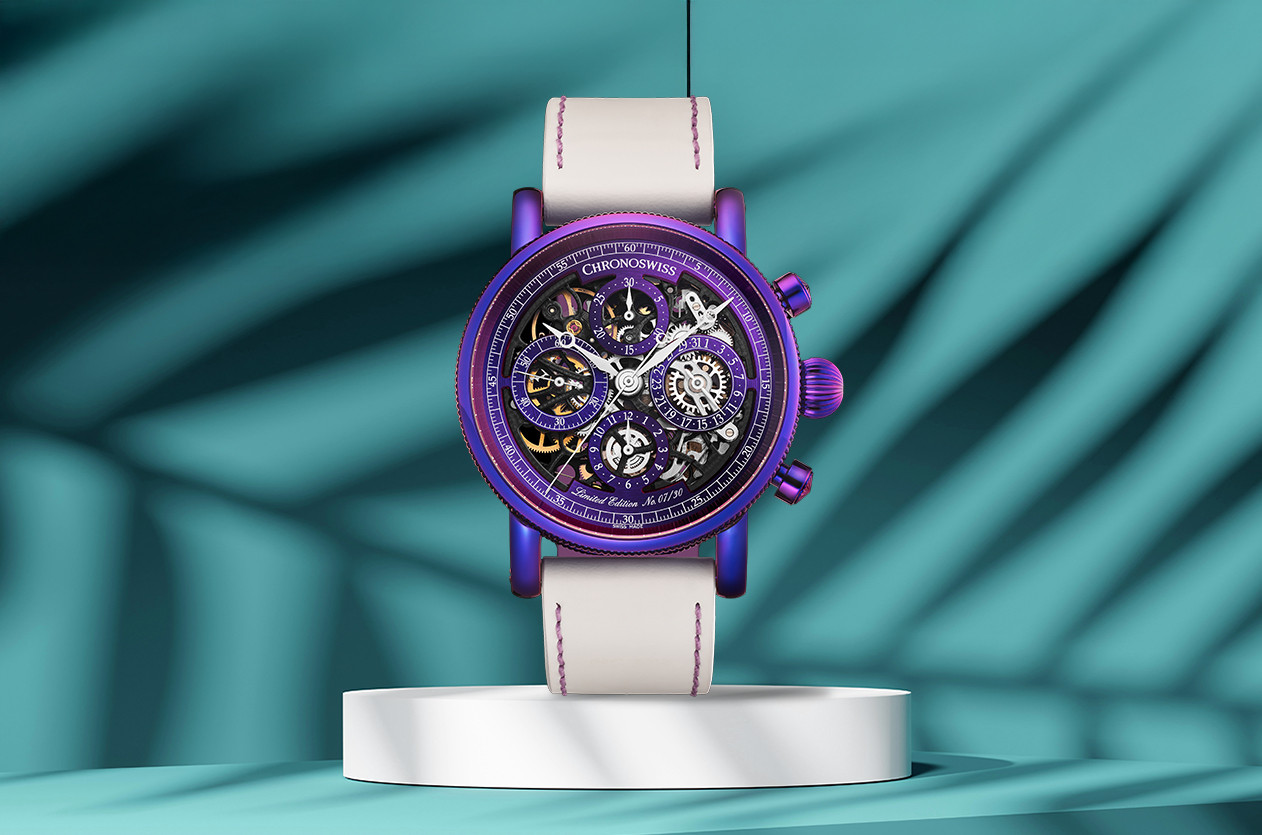
Introducing The New Limited Edition Opus Purple Rain from Chronoswiss
Welcome to the hub of the horoloy
The journey of the watch; from idea to design and manufacturing, ending with the wrist.
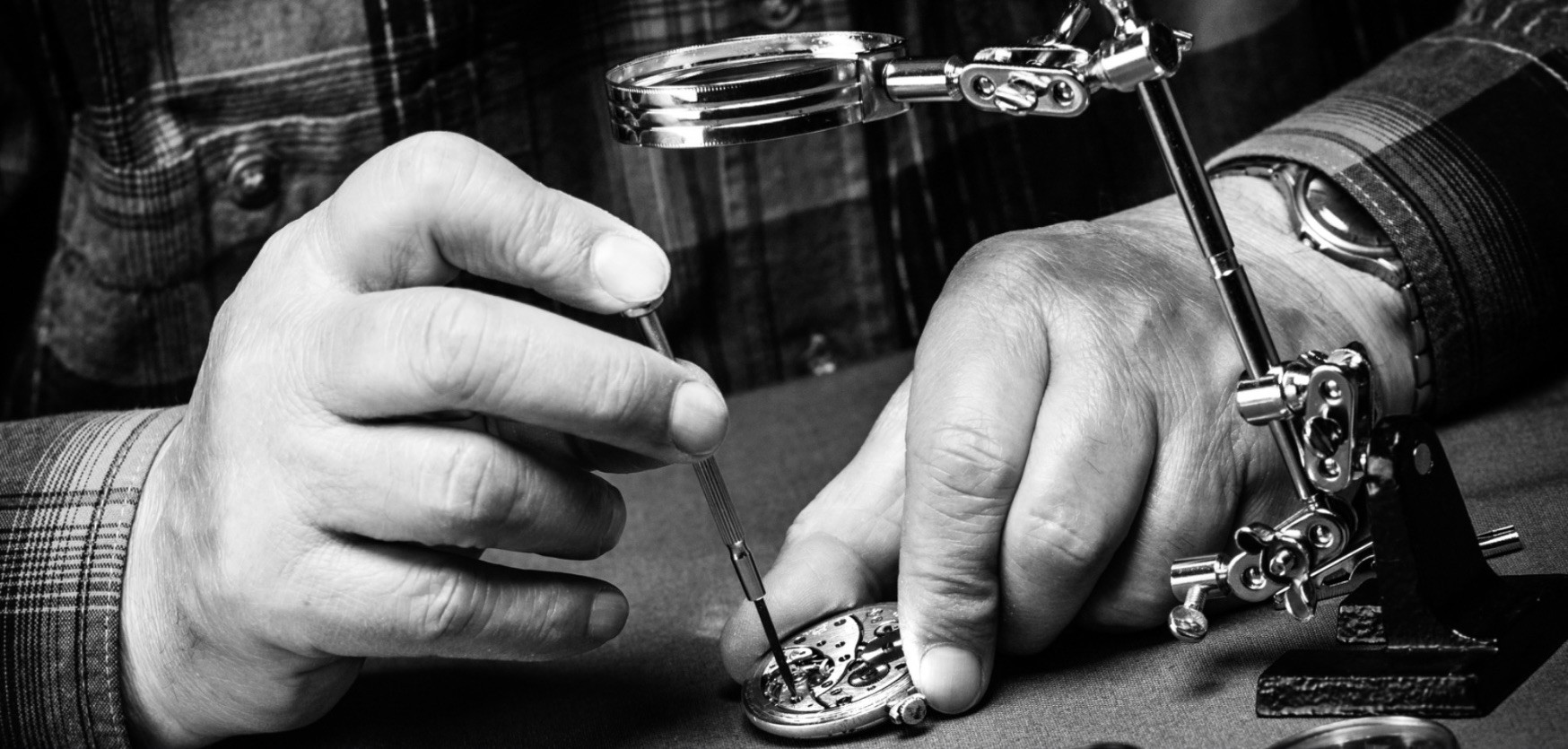
In our modern era, we can read the time through our mobile phones. However, we cannot do without wearing a watch on our wrist. The watch, when seen on your hand, pleases your eyes, delights your heart, and energizes your spirit with positive energy. It completes your elegance as a man and enhances your appearance as a woman when combined with your jewelry. The watch is considered a luxury by many, yet at the same time, it is an essential accessory for everyone. This contradiction can be resolved through a simple question: Imagine attending an event without wearing your best watch! How would you feel, and what would others think of your appearance? Anyway, let's talk about the process of manufacturing this watch, from the idea to how it will look on your wrist.
In our modern era, mobile phones allow us to check the time, yet wearing a wristwatch remains indispensable. A watch not only enhances your appearance as a man or woman, but it also exudes positive energy and completes your elegance. It is both a luxury and a basic necessity. Consider the scenario of attending an occasion without your finest watch. How would you feel, and what impression would others have of you? Now, let's delve into the creation process of this remarkable timepiece, from conception to its place on your wrist.
Every project, including the watch on your hand, has a beginning and an end. It requires a feasibility study and a well-coordinated team. Crafting a watch, with its intricate design and numerous details, is perhaps one of the most extensive projects. The watchmaker is certainly an essential figure in this endeavor, but there are many other elements and components that we will gradually explore and acquaint ourselves with.
It all begins with design. The idea acts as a key, enabling us to visualize the desired design while considering existing complexities or those yet to be invented and integrated into the project. This concept may arise from observing the market and current trends or be provided directly by brand management. Collaborating with a specialized designer is crucial, as exemplified by Gerard Genta, whose enduring designs continue to captivate. Who isn't familiar with Audemars Piguet's "Royal Oak" or Patek Philippe's "Nautilus" and "Aquanut," timeless masterpieces? Alternatively, design can be developed through a collaborative effort between marketing management and watchmakers, incorporating any new inventions. The creativity and excellence department then designs a suitable template for the new movement.
A comprehensive feasibility study is essential, conducted by the technical department in conjunction with the manufacturer. This study unifies the work of watchmakers and case makers into one team. Depending on the project's complexity and decision-making processes within the company, the feasibility study may span six months or longer. If the design proves promising and worth investing in, it cannot be released unless it aligns with the brand's image.
Once the feasibility study receives approval, we proceed to the analysis and implementation phase. This involves creating technical drawings of the design, detailing the dimensions of each component in the movement and watch case. Engineers perform intricate calculations to achieve the desired outcome. This stage serves as a meticulous roadmap for the future watch. The process takes approximately 24 months, particularly when collaborating with external parts manufacturers that cannot be produced in-house.
After conceiving the idea, transforming it into a design, conducting the feasibility study, and finalizing the technical drawings, we move to the preparation stage for manufacturing. In the world of watchmaking, as you wind down at the end of each day, you find yourself contemplating this artistic masterpiece, dreaming and waking up ready to present the best of yourself in creating a watch that transcends mere machinery and possesses a living, rhythmic soul that resonates with your spirit.
At this critical stage, meticulous analysis of costs and manufacturing processes takes place, where every theory and study is meticulously transformed into a comprehensive industrial plan. The engineering department assumes the responsibility of providing exquisitely detailed drawings, complete with final dimensions, ensuring the flawless production of each component. This harmonious integration of vision, precision, and expertise paves the way for the realization of a timepiece that not only transcends functionality but also embodies the artistry and craftsmanship that define the world of horology. It is through these rigorous processes that a watch is born, a testament to human ingenuity and an enduring symbol of time's captivating allure.
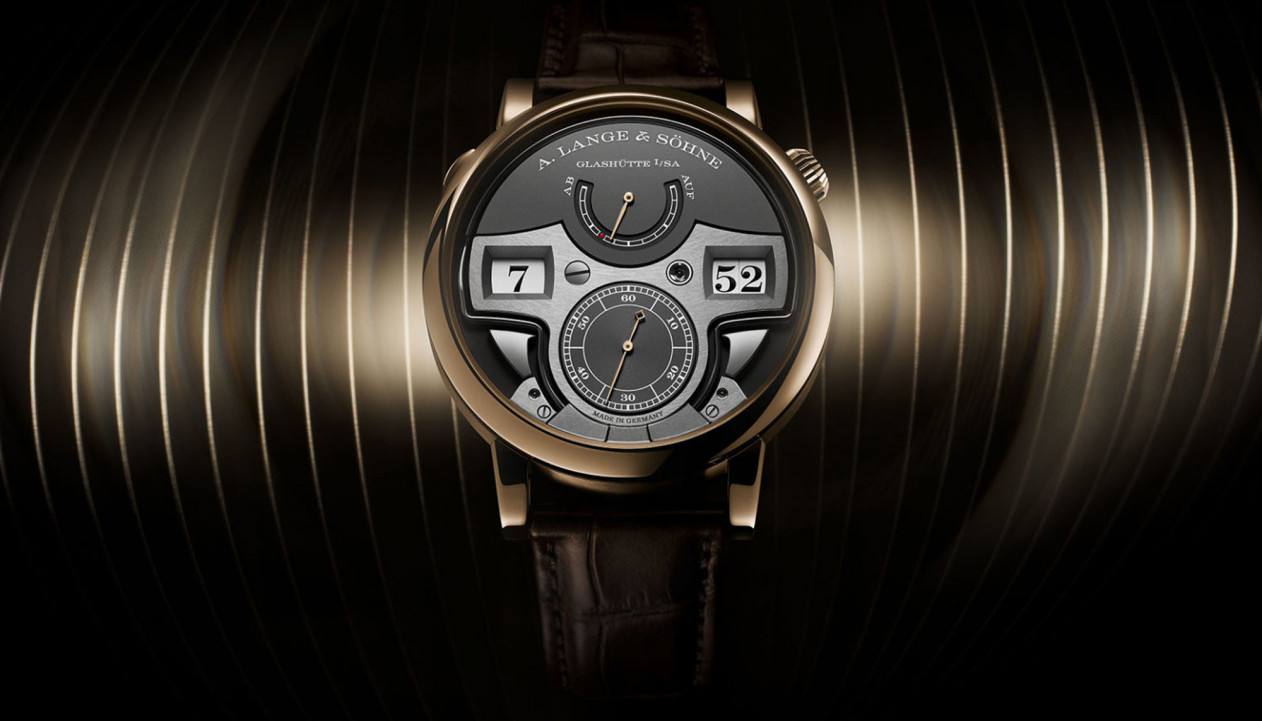
Introducing A. Lange & Söhne Unveils The New Zeitwerk Minute Repeater
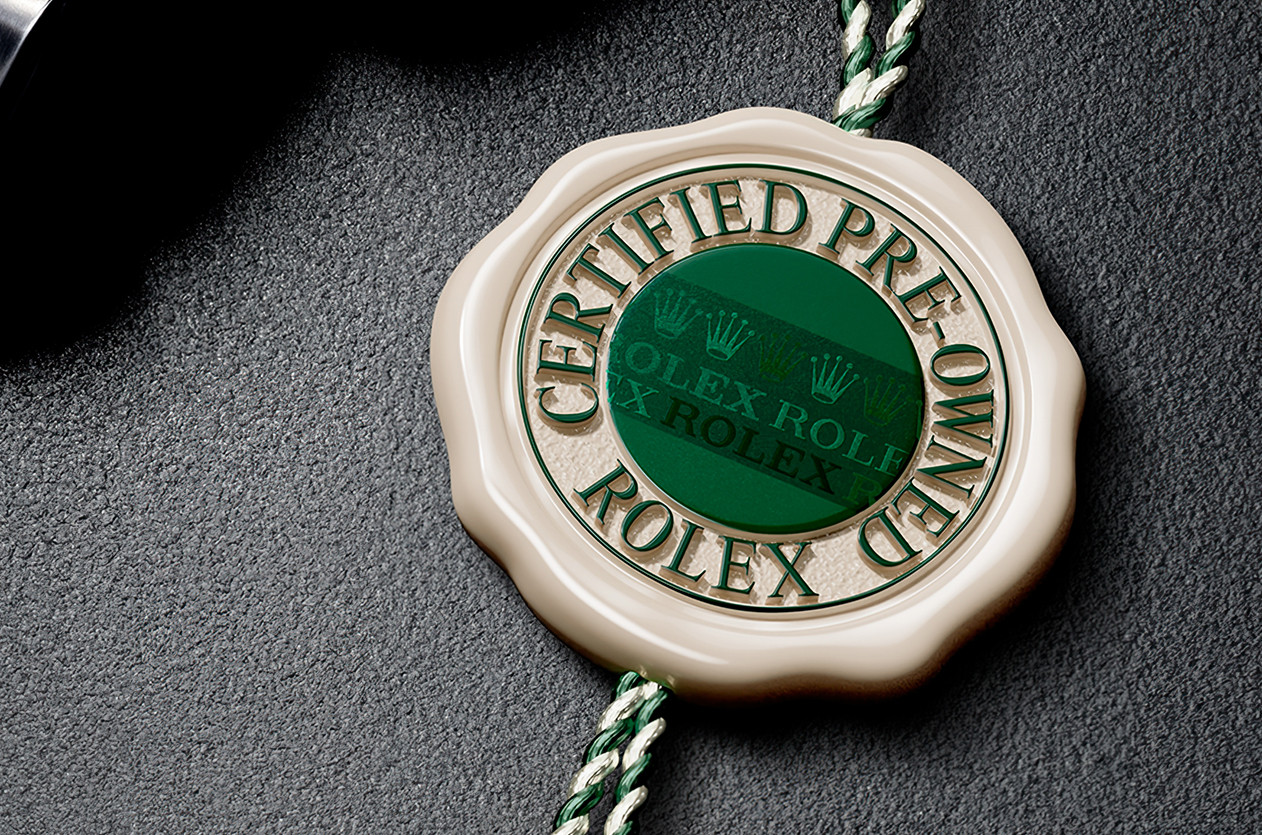
Editorial What is the reason behind the scarcity of Rolex watches in boutiques?
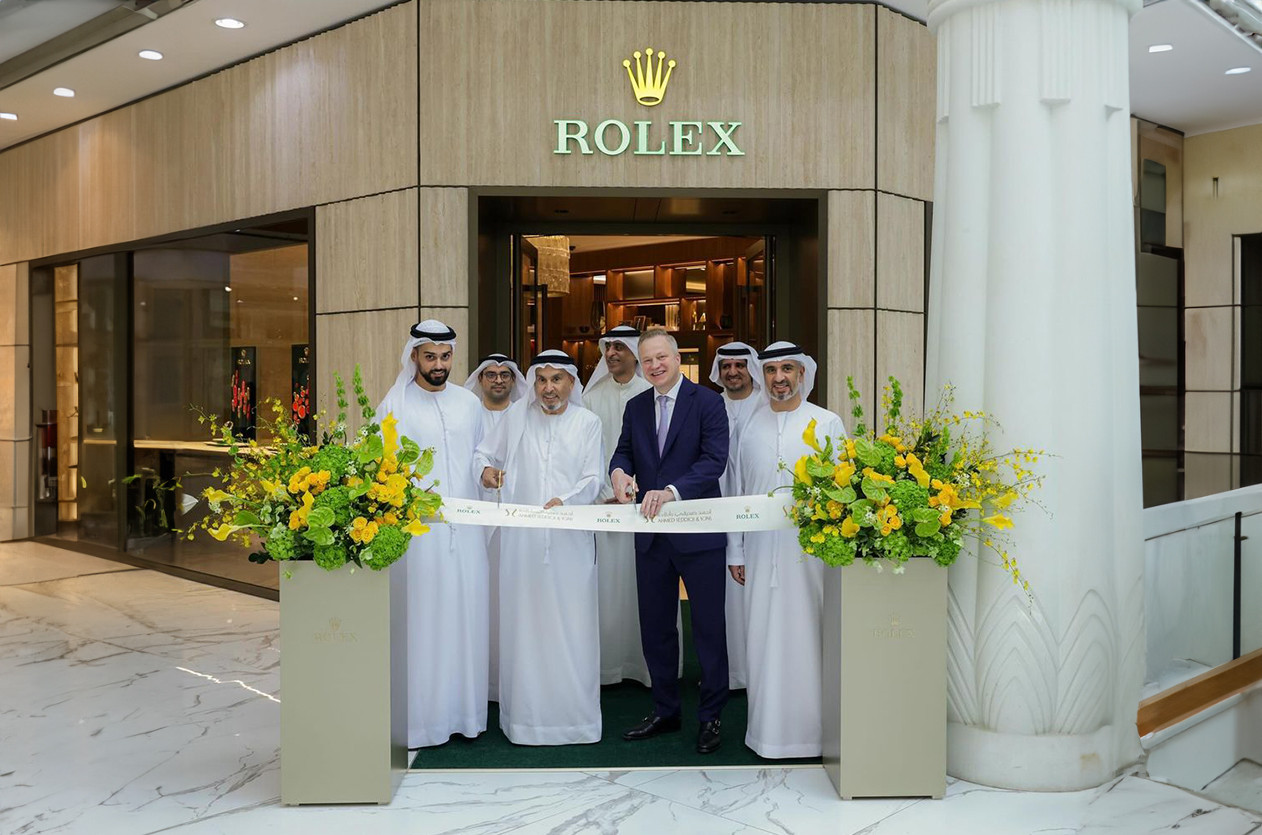
News Ahmed Seddiqi & Sons Joins Rolex Certified Pre-Owned Programme
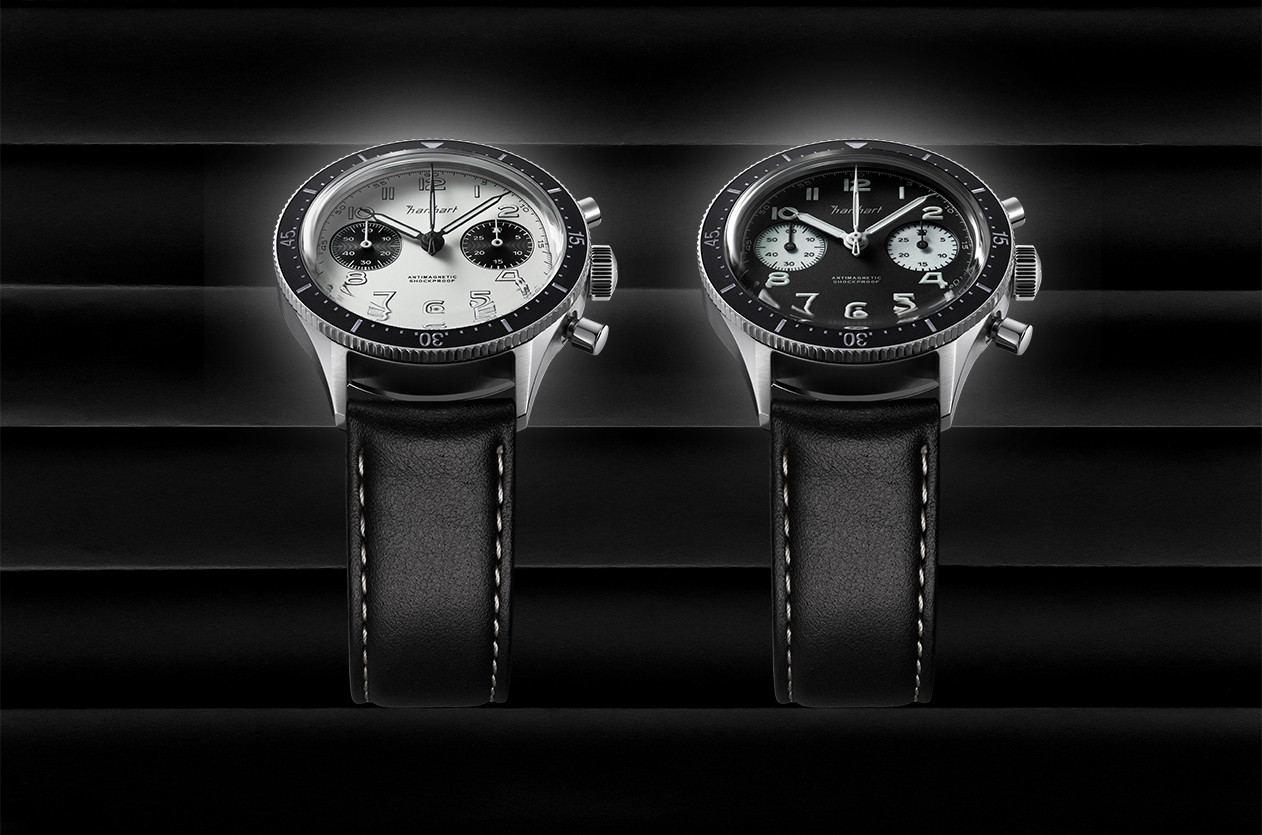
Introducing Hanhart Expands Its 417 ES Collection with Panda and Reverse Panda Editions
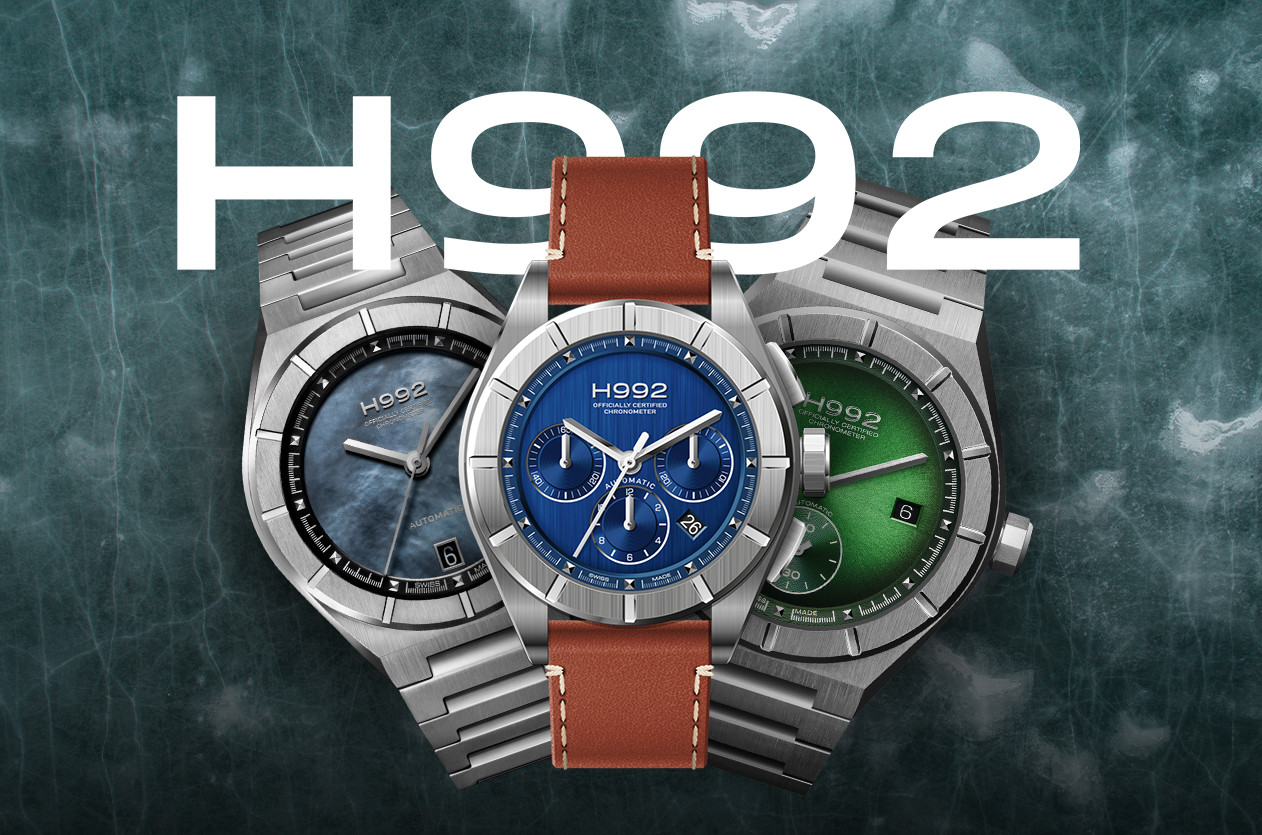
Introducing H992: A New Independent Brand Rising in Swiss Watchmaking

Editorial U.S. Tariffs and the Dollar Rate, A New Challenge for the Swiss Watch Industry

News Dubai Watch Week 2025 Will Be the Largest Ever with 90 Brands Participating
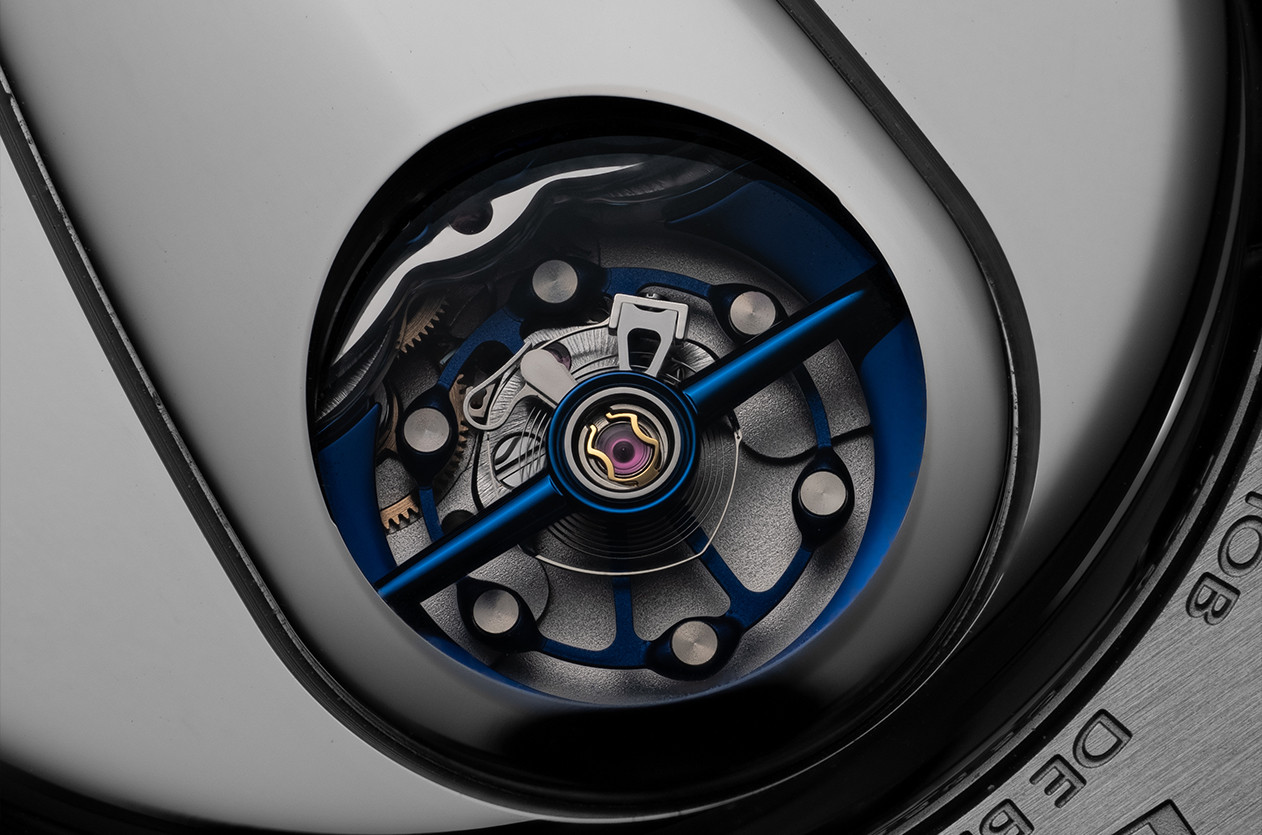
Technical The Frequency, Why It Matters in Mechanical Watches
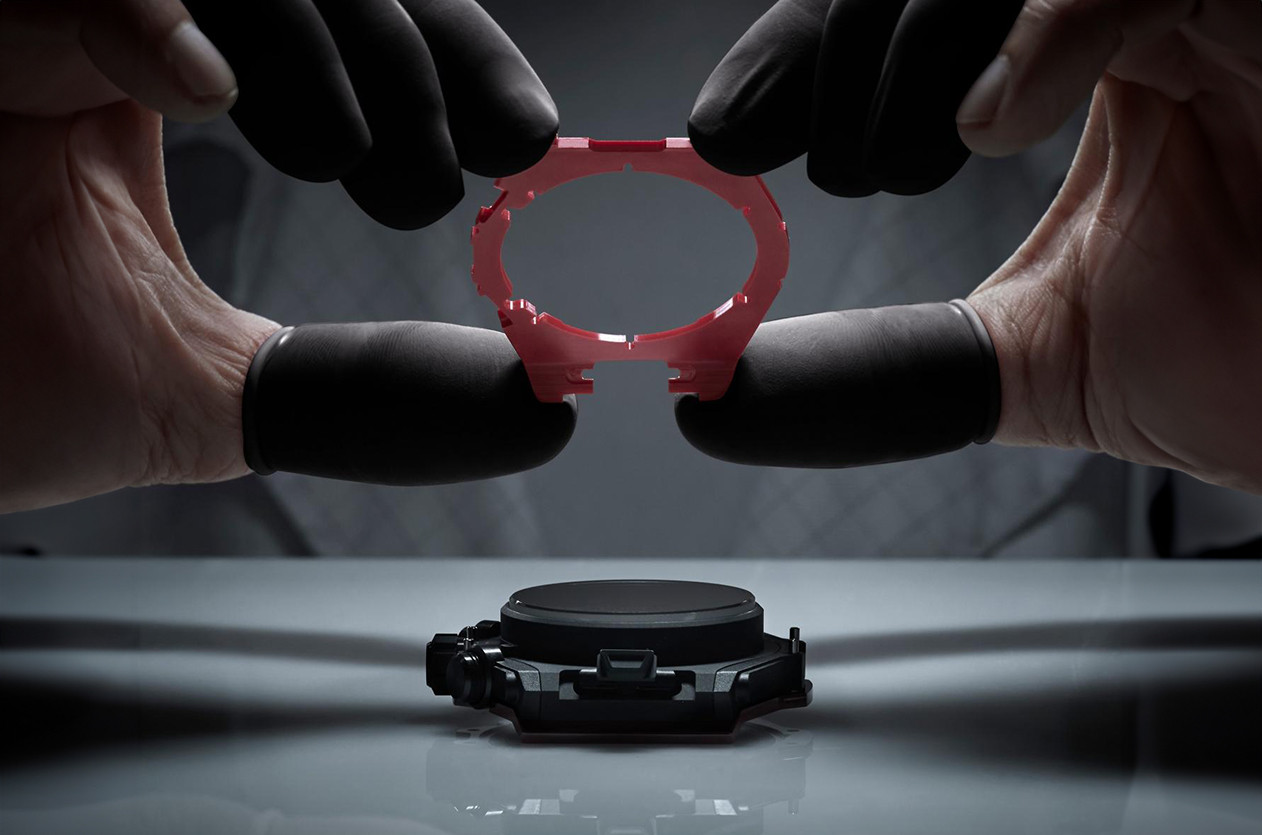
Editorial The Secrets of Watch Case Design
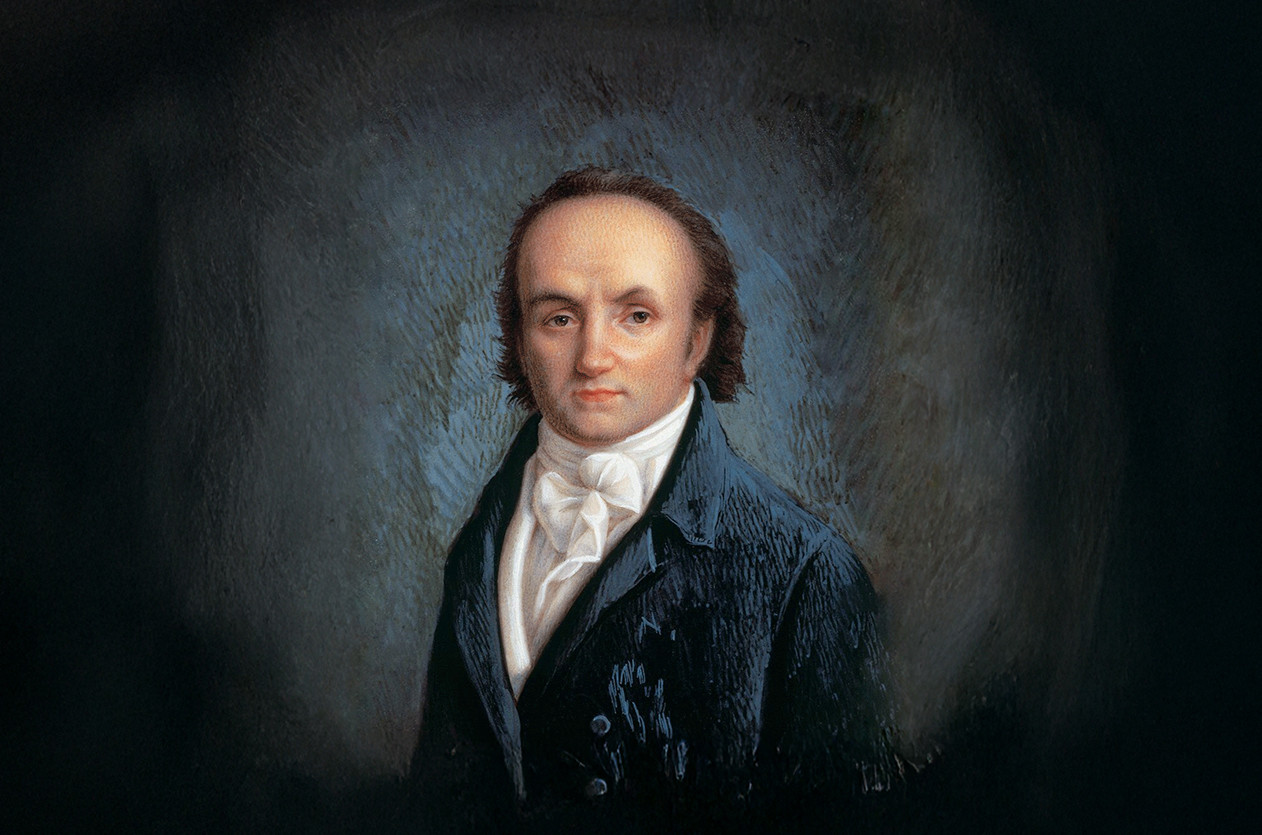
Editorial Abraham-Louis Breguet, The Father of Modern Horology
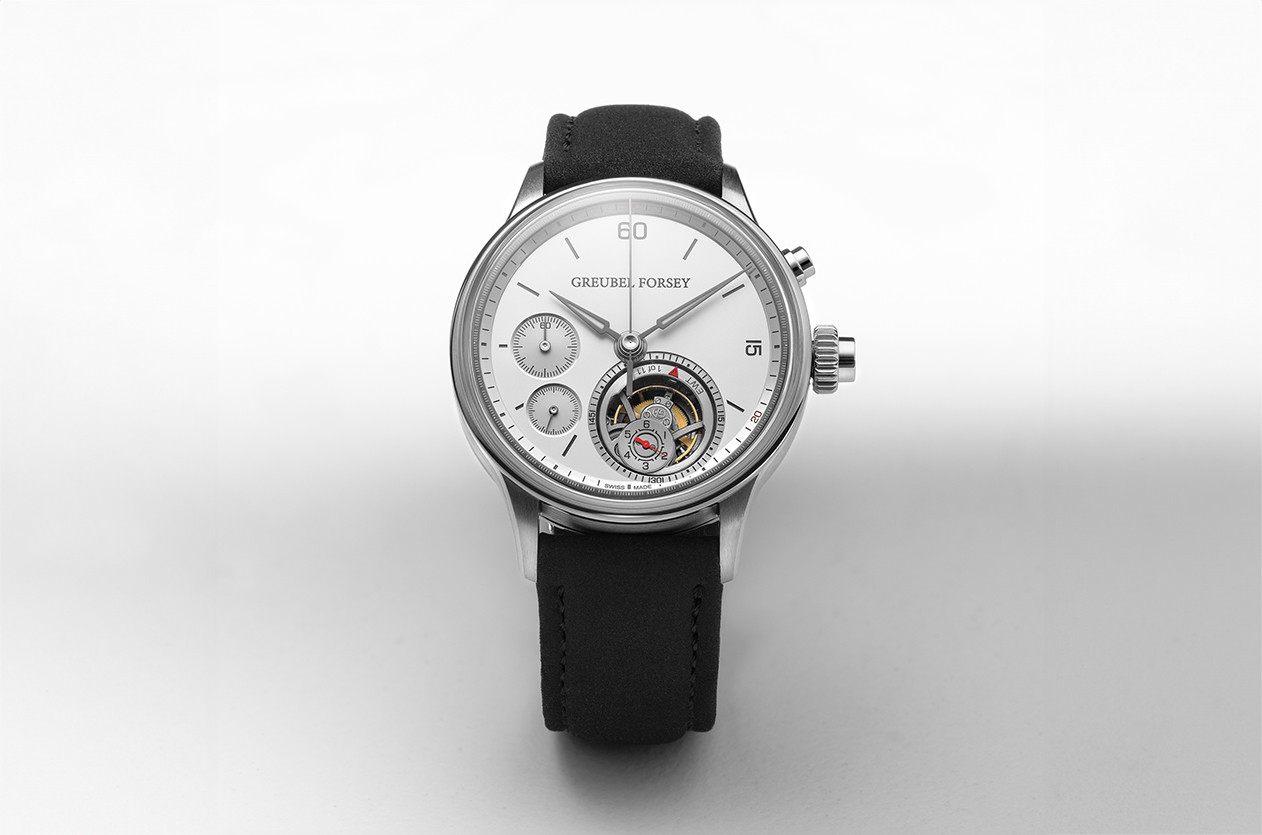
Introducing Abu Dhabi Hosts the Launch of Greubel Forsey's 20th Anniversary Nano Foudroyante
Comment Delete Text
This page is available in English only. Please click below to visit Arabic Home page!